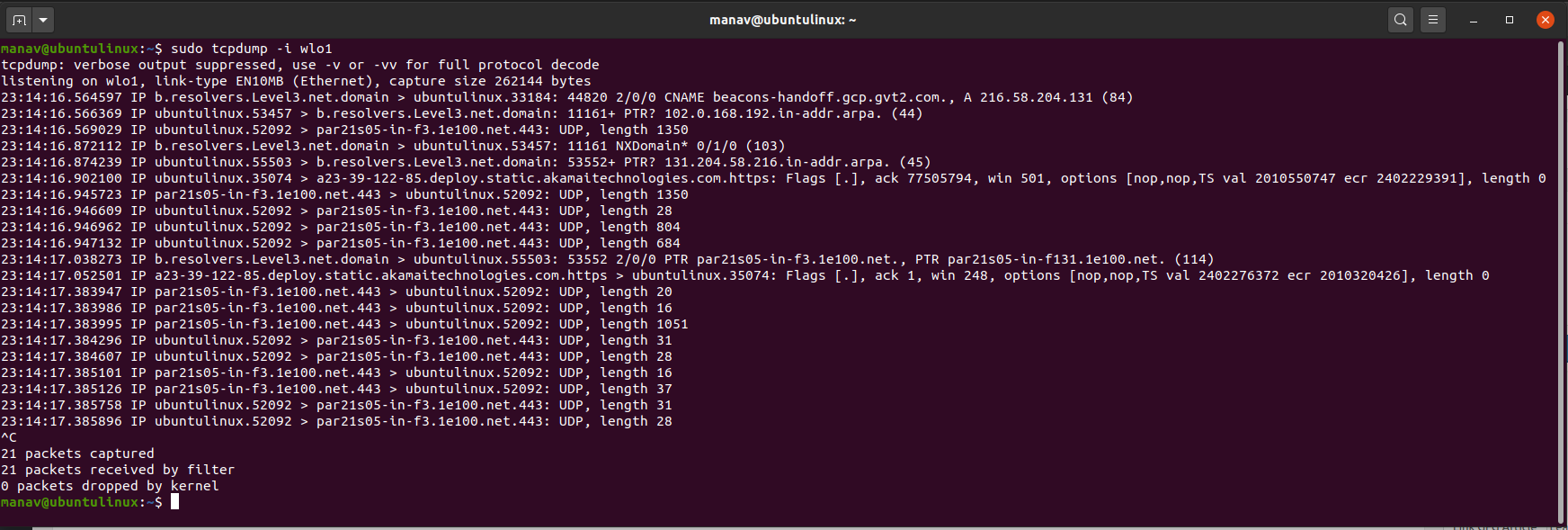

Start tcpdump on the FOG server’s linux console with this command tcpdump -w output.pcap port 67 or port 68 or port 69 or port 4011.Install tcpdump on your FOG server from your linux distributions repository.Knowing this fact we can eavesdrop on the communication between the dhcp server and pxe client with the FOG server as long as all three are in the same broadcast domain, subnet, vlan, etc. That means that discovery, offer, request and ack are all sent as broadcast messages (because the client doesn’t have an IP address during this process). We just want to capture a packet trace of the pxe booting process to the error.įirst a little background. This is going to be a pretty low impact test. Setting up the wireshark filters are similar to the tcpdump filters, but that is a bit beyond the scope of this tutorial. And the last way to achieve this is to use a second computer running wireshark on the same subnet as the pxe booting computer. It will work if your fog server and pxe booting client are on the same subnet too, its just not as clean of a trace.

This process will work perfectly if the fog server, dhcp server, and pxe booting client are in the same broadcast domain (IP subnet, network, vlan). Sometimes when we can’t understand why the pxe booting process is going sideways and we’ve touched on the common causes, the easiest solution is to setup the FOG server to eavesdrop on the dhcp setup process between the dhcp server and pxe booting client.


 0 kommentar(er)
0 kommentar(er)
